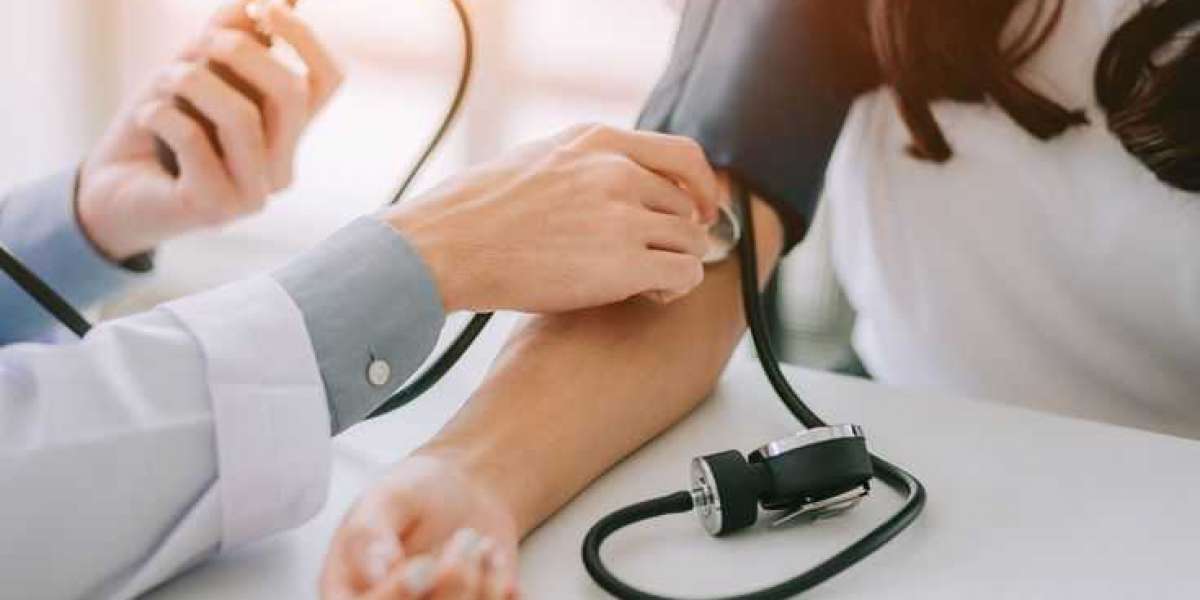Measuring your blood pressure at home is a smart step toward managing your heart health. But here’s the truth—most people unknowingly make small mistakes while using their BP monitor, which can lead to inaccurate readings. Whether you're tracking hypertension or simply monitoring your wellness, knowing how to use your blood pressure machine correctly is crucial.
Let’s break down the most common errors and how to avoid them.
Mistake #1: Not Sitting in the Right Position
You might be surprised to learn that posture plays a major role in blood pressure accuracy. Slouching, crossing your legs, or letting your arm dangle can distort results. Always sit in a chair with your back straight, feet flat on the ground, and your arm supported at heart level.
Mistake #2: Measuring Right After a Meal or Exercise
Did you just have a cup of coffee? Or return from a brisk walk? Activities like eating, drinking caffeine, smoking, or exercising can cause temporary spikes in your readings. Wait at least 30 minutes after such activities before using your blood pressure monitor.
Mistake #3: Using the Wrong Cuff Size
One size doesn't fit all when it comes to BP cuffs. A cuff that’s too tight or too loose can give you skewed readings. Make sure the cuff fits snugly around your upper arm—not too tight, not too loose. If your device came with a standard size cuff and you need a different one, it’s worth investing in the correct fit.
Pro Tip: Take Multiple Readings
One reading doesn’t tell the whole story. It’s best to take two to three readings a minute apart and use the average. This gives a more accurate picture of your actual blood pressure over time.
Timing Matters
Take your measurements at the same time every day, ideally in the morning before breakfast and at night before bed. Keeping a daily log can help your doctor make better decisions regarding your treatment.
Use a Reliable Device
Not all blood pressure monitors are created equal. Choose a clinically validated, automated upper-arm device. Wrist monitors can be convenient but are generally less accurate unless used precisely.
When selecting a blood pressure machine, look for features like memory storage, irregular heartbeat detection, and multiple user settings.
Keep a Log – But Don’t Panic Over One Bad Reading
Even when you do everything right, one-off high or low readings can happen. Instead of panicking, look at trends over time. Write down the time, date, and reading—or better yet, use a digital app that syncs with your monitor.
Final Thoughts
Taking your BP at home is empowering—but only if you do it correctly. By paying attention to posture, cuff size, timing, and consistency, you’ll get more accurate and useful results.
Remember, your bp monitor is a tool—not a diagnosis. Use it to stay informed, but always consult your doctor before making any changes to medication or lifestyle.
Read More Blog - Top 6 Tips To Keep Your Blood Pressure Under Control







